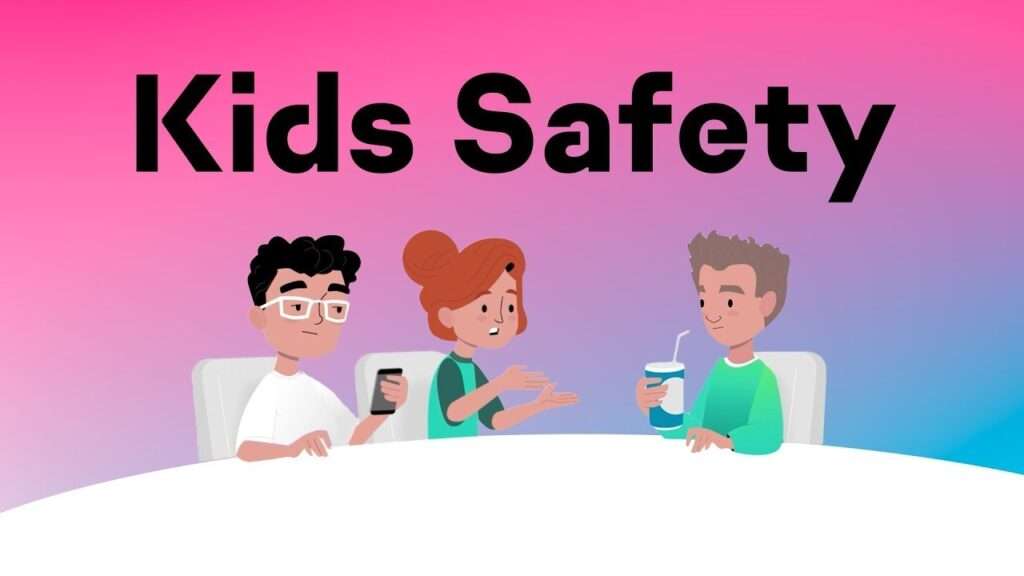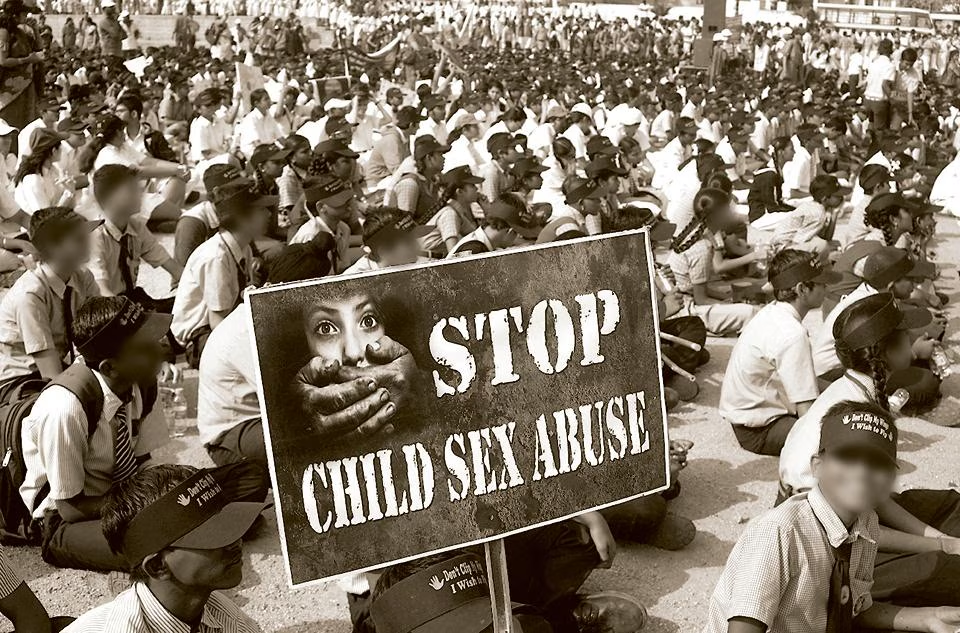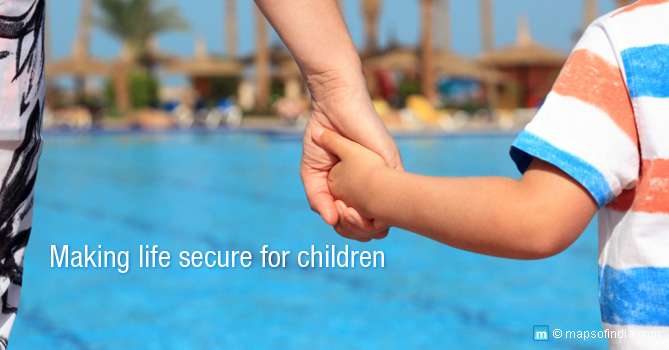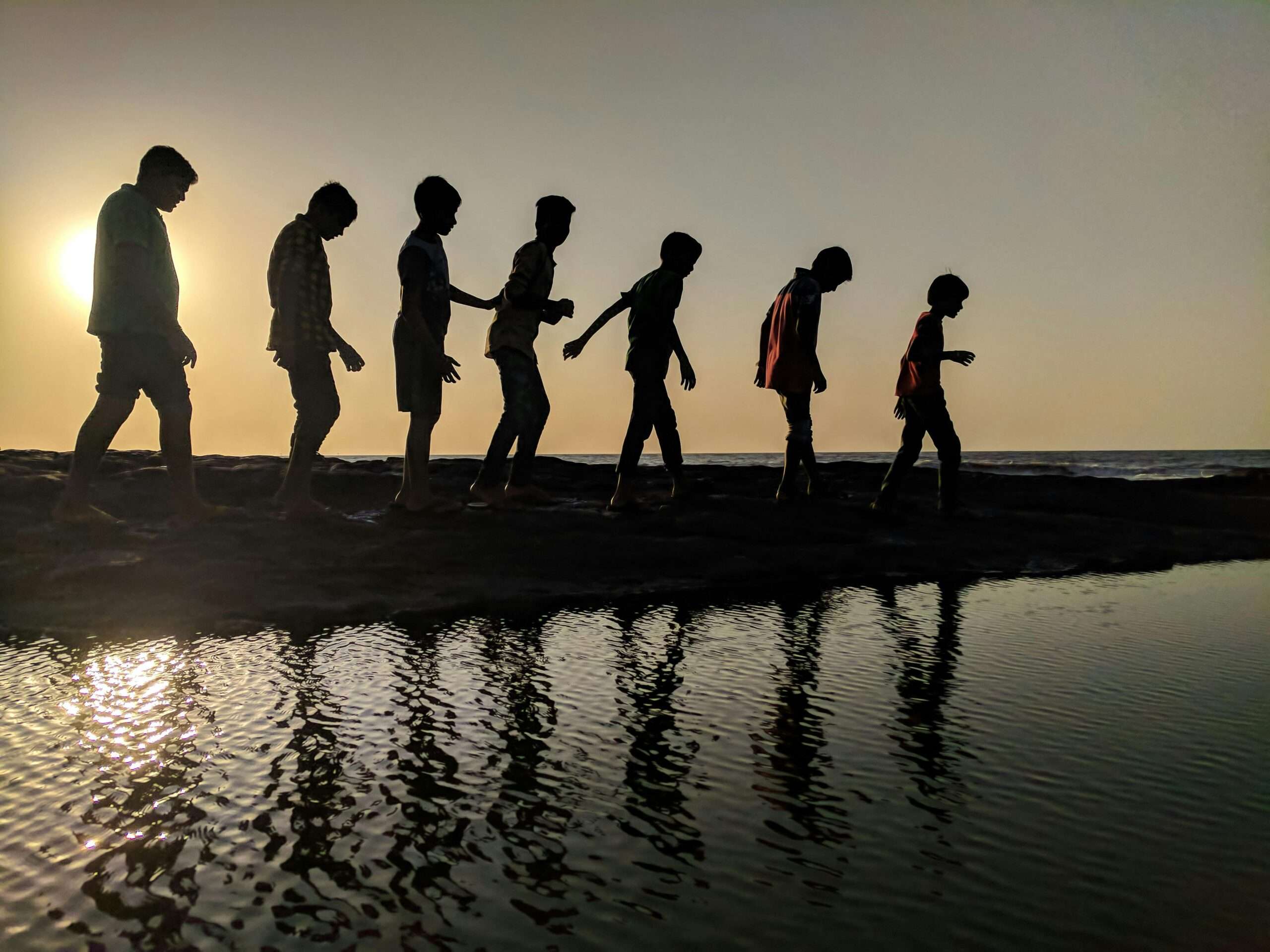The safety of young people is one of the most critical responsibilities of any society. Youth represent hope, potential, and the future, but they often face risks that threaten their well-being and development. From physical safety to mental health and digital security, ensuring the safety of youth requires collective effort, awareness, and action. Creating a secure environment where young people can thrive without fear is essential for fostering a generation that is confident, empowered, and capable of contributing to society.
Understanding the Scope of Youth Safety
Youth safety encompasses various dimensions, including physical, emotional, and digital security. Physical safety involves protecting young people from violence, abuse, and unsafe environments. Emotional safety ensures that youth have access to supportive networks and resources to cope with challenges such as bullying, anxiety, or family issues. In the digital age, cybersecurity is equally critical, as young people are increasingly exposed to risks like online harassment, exploitation, and misinformation.
The Challenges Facing Youth Today
Modern society presents numerous challenges to youth safety. Urbanization has increased the likelihood of accidents, exposure to crime, and unsafe living conditions for many young people. In schools and communities, bullying and peer pressure continue to jeopardize emotional well-being. Additionally, the rise of social media and the internet has introduced a host of new risks, including cyberbullying, identity theft, and exposure to harmful content. Addressing these issues requires an understanding of the evolving landscape of risks that young people face.
Promoting Physical Safety in Communities
Ensuring physical safety for youth begins with creating secure environments in homes, schools, and neighborhoods. This includes implementing measures to prevent violence, abuse, and accidents. Community policing, safe transportation systems, and well-lit public spaces can significantly reduce risks for young people. Educating youth about personal safety, self-defense, and emergency protocols empowers them to respond effectively in dangerous situations. Collaboration between parents, educators, and law enforcement is essential for fostering safer communities.



Fostering Emotional and Mental Well-Being
The mental health of young people is a key aspect of their overall safety. Stress, anxiety, and depression are increasingly prevalent among youth, often triggered by academic pressure, family conflicts, or social issues. Schools and communities must prioritize mental health by providing access to counselors, support groups, and awareness programs. Encouraging open communication and reducing the stigma around seeking help can create a supportive environment where young people feel safe to express their concerns and seek assistance.
Ensuring Digital Safety in the Online World
The digital space is a double-edged sword for youth, offering opportunities for learning and connection but also posing significant risks. Cyberbullying, phishing scams, and exposure to inappropriate content are growing concerns in the digital age. Educating young people about online safety, privacy settings, and responsible internet usage is crucial. Parents and educators should monitor online activity while respecting privacy, ensuring that youth can explore the digital world without falling victim to its dangers. Government regulations and stricter cybersecurity measures are also necessary to protect young users.
Youth Safety and Policy Advocacy
Governments and organizations play a pivotal role in ensuring youth safety. Policies that protect children and young adults from abuse, trafficking, and exploitation are vital. Strengthening legal frameworks and enforcing strict penalties for crimes against youth sends a strong message of zero tolerance. Initiatives that promote child rights, affordable healthcare, and education contribute to creating a safe and secure environment. Advocacy efforts should also focus on raising public awareness and fostering a culture of responsibility toward youth safety.
Empowering Youth to Take Responsibility for Their Safety
While external support is critical, empowering young people to take responsibility for their safety is equally important. Teaching life skills such as decision-making, problem-solving, and assertiveness helps youth navigate challenges effectively. Encouraging peer support networks and community involvement fosters a sense of belonging and collective responsibility. By instilling confidence and resilience, young people are better equipped to protect themselves and others.
A Vision for a Safe Future
Ensuring youth safety is not just about preventing harm—it is about creating a world where young people feel secure, valued, and empowered to achieve their full potential. This vision requires collaboration between families, schools, communities, and governments. It also demands a proactive approach to addressing emerging risks and adapting to the changing needs of youth. By prioritizing safety, we can lay the foundation for a future where young people grow into confident, capable leaders who contribute to a thriving society.
Conclusion
Youth safety is a shared responsibility that impacts the well-being of individuals and the progress of society as a whole. By addressing physical, emotional, and digital risks, we can create a secure environment where young people are free to explore, learn, and grow. Ensuring youth safety is an investment in the future, one that pays dividends in the form of a healthier, happier, and more empowered generation. Together, through awareness, education, and action, we can build a safer world for the youth of today and tomorrow.


